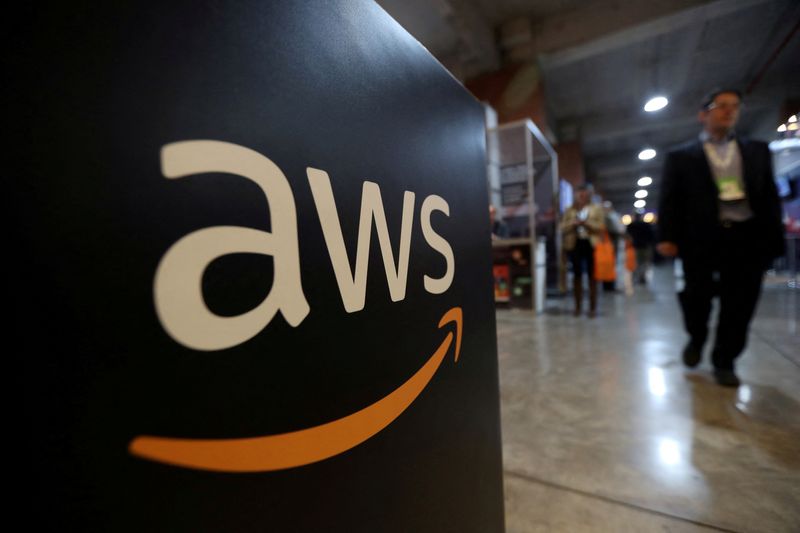By Ananya Mariam Rajesh, Granth Vanaik and Arriana McLymore
(Reuters) -Amazon.com's Prime Day two-day shopping event saw U.S. online sales rise nearly 6% to $6.4 billion from a year ago on its first day, as heavy discounts lured bargain-hunting customers who splurged on appliances and toys, Adobe (NASDAQ:ADBE) Analytics data on Wednesday showed.
U.S. shoppers have been waiting for the best possible deals and discounts as rising interest rates and food prices have led them to delay purchases of big-ticket items in recent months.
Online sales for appliances jumped 37% compared to average daily sales in June, while sales of toys rose 27% on the first day of the sales event.
Data firm Numerator said the average Prime Day spend per order rose to $56.64 from $53.14 a year ago.
Adobe Digital Insights expects Amazon (NASDAQ:AMZN)'s event to rake in between $12 billion and $13 billion.
Amazon did not immediately respond to a request for comment.
To add more customers, Amazon has partnered with travel booking site Priceline to offer discounts as U.S. consumers prioritize experiences over non-essential spending.
In the weeks leading to Prime Day on July 11-12, members of the loyalty program were given access to "invite-only deals" where shoppers could request invites to specific products that they were looking to purchase on deals.
Rival retailers, including Walmart (NYSE:WMT), Target (NYSE:TGT) and Best Buy, are also offering large discounts during the Prime Day week. Walmart is also using the week as a way to lure more customers to its subscription program Walmart+ by offering 50% discount on annual membership sign-ups.
Rob Garf, vice president and general manager of retail at Salesforce (NYSE:CRM), said that shoppers have now been conditioned to compare deals from various retailers during Prime Day week, meaning rising competition for Amazon.
Garf said that although people are shopping online, retailers are seeing a drop in conversion rates -- the measure of consumers who visit a store compared to those who make purchases.
"That's telling us is each visit is less profitable," Garf said. Amazon offered steep discounts to "positively influence" membership sign ups when Prime Day launched in 2015 and now Walmart is "taking a page out of the Amazon playbook," he said.
Prime Day week deals aren't "just about the initial sale and providing a discount, but it's Walmart and others looking to gain new customers and turning them into strong lifetime value of those customers," Garf said.
International Council of Shopping Centers Chief Executive Tom McGee said that deal events like Prime Day, Walmart+ Week and Target Deal days "drive spending across the board, including at both small and large retailers."
Shoppers can find the biggest discount across retailers of 16% on electronics on Wednesday. Apparel is discounted at 13%, while toys would be 15% cheaper, according to Adobe Digital Insights.
Adobe's Pandey said Prime Day is a chance to stock up on back to-school items, especially apparel and electronics, whose sales were up 26% and 12%, respectively, compared to average daily sales in June.
Data from Deloitte showed 69% of shoppers planned to rely on Prime Day sale for back-to-school purchases. But that spending is expected to decline for the first time in nine years as sticky inflation hurts non-essential purchases, it said.
Adobe's data relies on direct consumer transactions based on more than 1 trillion visits to U.S. retail websites.

Meanwhile, nearly 900 Amazon workers at a warehouse in Coventry, Britain, are striking over a pay dispute for three days from July 11-13, coinciding with the Prime Day sales event.
Amazon said the site does not directly serve customer orders and there will be no disruption to customers.